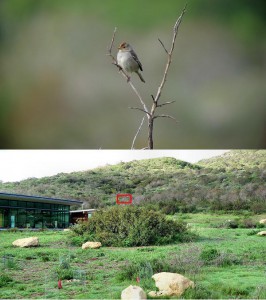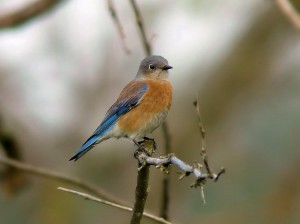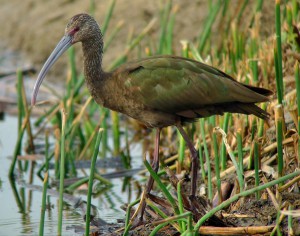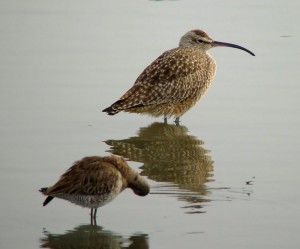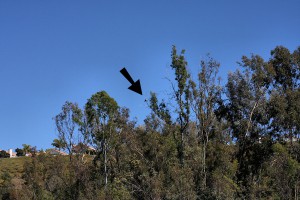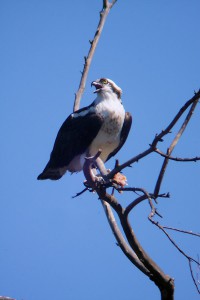On Saturday, May 22, 2010, I followed up on a report of an American Oystercatcher at a few locations in Laguna Beach. I tried Crescent Bay first, and was fortunate to find five Oystercatchers on the rocks below the point. There were three Black Oystercatchers, while the other two looked pretty good for Americans.
What are they?
Black and American Oystercatchers interbreed and their hybrid offspring can be anywhere on a cline from pure Black to pure American. We had to evaluate these birds for purity. J. R. Jehl, Jr. developed a rating system used by ornithologists to determine where on the cline a given bird falls. Because there are several genetic variations that are involved, we use ten different characteristics to judge the birds. Nine of them have a score between 0 and 4. The belly coloration goes from 0 to 6. A bird with a score of 0 to 9 rates is a pure Black Oystercatcher. One scored from 30 to 38 is pure American, and everything in between is a hybrid.
I took this video with a Nikon CoolPix P6000 attached to a Kowa TSN-884 spotting scope at a distance of 96 yards measured by a Zeiss Victory PRF laser rangefinder.

Is Either an American Oystercatcher?
The Oystercatcher in the center of this video has white upper tail coverts (Jehl’s score 4), basal half of all retrices were white (4), chest sharply delimited black to white on upper chest (4), belly entirely white (6), undertail coverts entirely white (4), thighs entirely white (4), greater secondary coverts 6-15mm (3), white present on some of inner primaries (3), underwing coverts entirely white (4), axillaries entirely white (4). The Jehl’s score for this American Oystercatcher is 36 out of 38.
The hybrid Oystercatcher, seen on the left as the video starts, has upper tail coverts black (Jehl’s score 0), retrices mainly black with some white in the vanes (1), black chest bordered by jagged edge on upper chest (3), belly entirely white (6), undertail coverts mainly white (3), thighs entirely white (4), greater secondary coverts 6-15mm (3), white present on secondaries but not primaries (2), underwing coverts mainly white (3), axillaries entirely white (4). Jehl’s score is 28 out of 38, so close, but not close enough.

